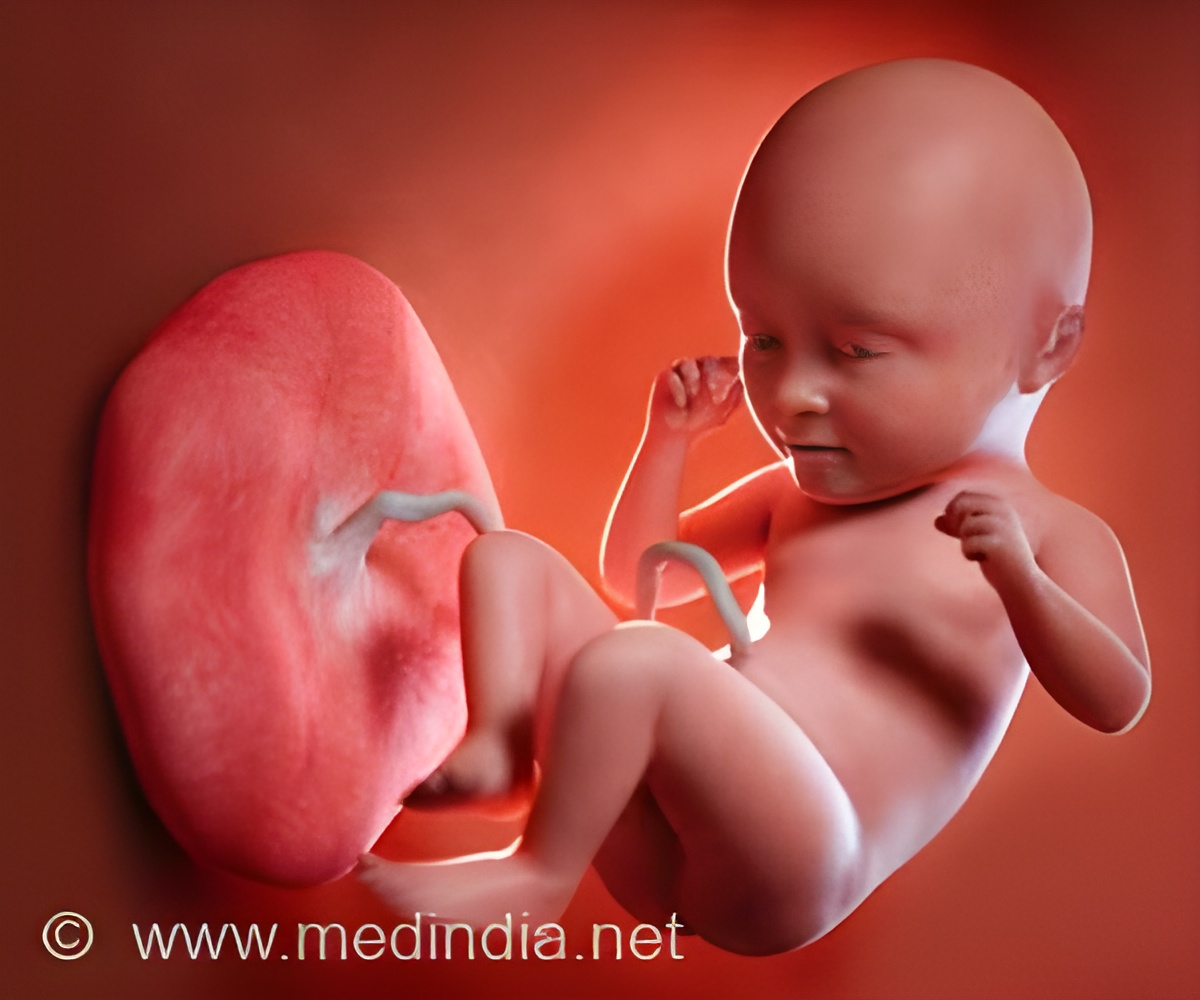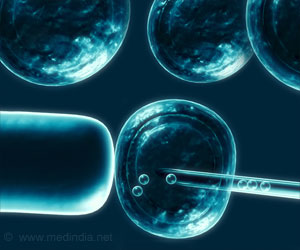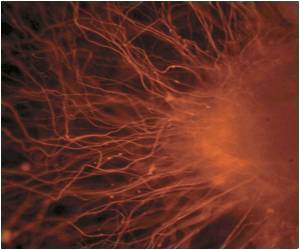Cells4Life, the UK's largest cord blood bank, claims umbilical cord blood is routinely used to treat over 80 different conditions and diseases.

Cord blood banking: Experts raise concern over claims made for stem cell applications
Go to source). Over the past decade growing numbers of parents have chosen to store blood from the umbilical cord, which contains stem cells, in case their infant develops a condition that could be treated with stem cell therapy.
‘Private biobanks market #umbilicalcord blood banking to expectant parents as an investment in their child's future health, claiming #stemcell therapies can treat various life-threatening diseases, from #cerebralpalsy to #leukemia.’





Parents must use a private biobank which charges around £550 to £3000 for freezing a baby’s umbilical cord blood. On top of this, parents must pay an annual storage fee of over £100 to keep samples frozen. But experts in regenerative medicine say many of these companies’ marketing claims are misleading.
Cells4Life: The UK's Largest Cord Blood Bank Highlights Wide-Ranging Benefits of Stem Cell Therapy
For example, Cells4Life, which describes itself as the UK’s largest provider of cord blood banking services, claims that “umbilical cord blood is routinely used in treatments for over 80 different conditions and diseases,” including cancers, blood disorders, immune disorders, and autism. It adds that umbilical cord blood stem cells are “pure and plastic,” meaning that “they can become almost any tissue type in the body and may even be used to regrow entire organs.”The investigation also found that Cells4Life markets its services on questionable evidence published in the Journal of Stem Cells Research, Development & Therapy. Although the journal claims to operate a peer review process, the research article referenced by Cells4Life was published in the journal just 17 days after receipt—a timescale far shorter than the 12-14 weeks typical for peer reviewed journals. The BMJ contacted two editors listed on the journal’s editorial board who said they did not in fact hold these roles.
SmartCells, another private cord blood bank service, claims on their website that the possibilities for using stem cells are endless as these cells “have the ability to repair, replace, and regenerate cells of almost any kind.” The website of another service, Future Health, lists more than 75 genetic, immune and blood disorders that can be treated.
Advertisement
Murry says the list is based on claims by people in the late 1990s that these cells have the plasticity to become almost any type of cell in the body—claims which have been “very rigorously disproven.”
Advertisement
Cells4Life said, “Any cursory search of published literature on future applications of perinatal stem cells demonstrates the huge potential that cord blood holds for use in regenerative medicine in the future.”
It pointed to research which suggests that MSCs can be transformed into inducible pluripotent stem cells (iPSCs) which can mimic embryonic stem cells and are therefore capable of forming any tissue except germ cells (precursors of egg and sperm cells).
Murry highlighted that transforming stem cells into iPSCs requires highly trained stem cell scientists and that iPSCs can also be created from adult blood or skin cells meaning that cord blood banking is unnecessary.
Merli, who uses stem cell therapy to treat his patients, says many of the conditions he treats do not require autologous stem cells (harvested from the patient) and that allogeneic stem cells (from matched donors) can be used instead.
He said that leukaemia was one of the few conditions where doctors might use stem cells harvested from the patient, but that these could be taken from the patient’s bone marrow so there was no benefit to harvesting and storing stem cells from cord blood.
He added that in Italy it is illegal for stem cell therapy companies to make such claims in their advertising.
Reference:
- Cord blood banking: Experts raise concern over claims made for stem cell applications - (https://www.bmj.com/content/386/bmj.q1581)
Source-Eurekalert















